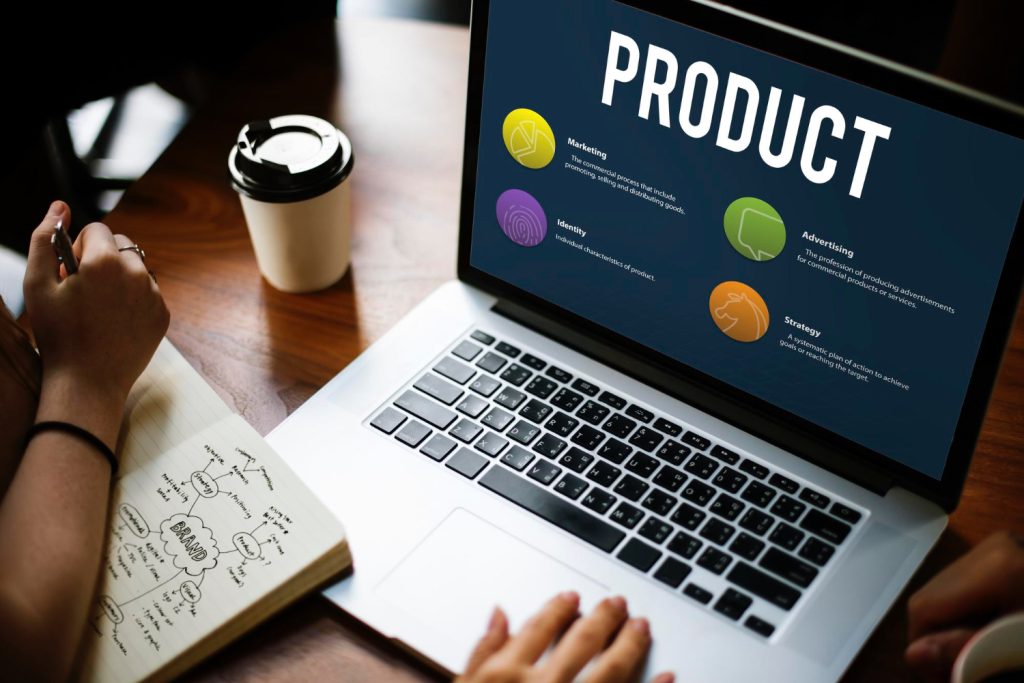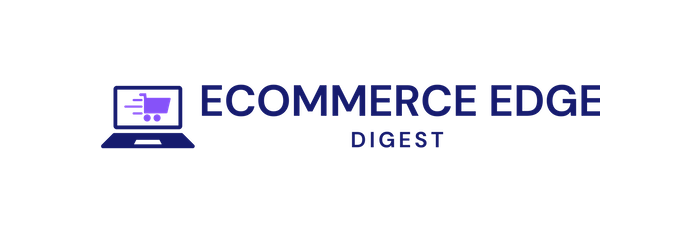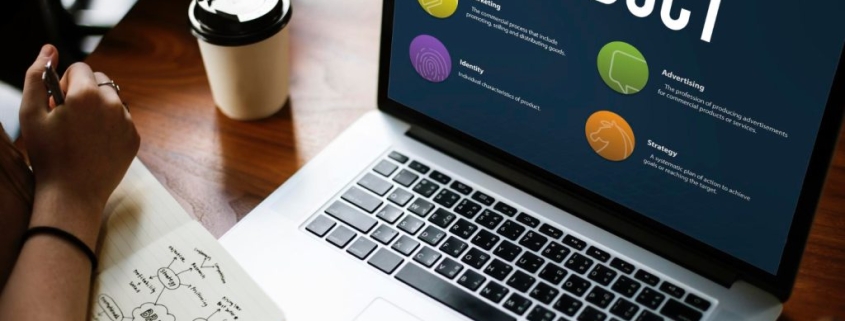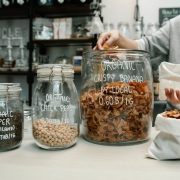Crafting Ideas: A Journey Through Product Creation Process

Every product begins as a spark — an idea flickering in the creative mind. Yet, transforming that initial notion into a tangible creation is a journey rich with finding, iteration, and craftsmanship. “Crafting Ideas: A Journey Through Product Creation Process” invites you to explore the intricate path from inspiration to innovation. Through each phase — concept growth, design, prototyping, and refinement — we unravel the art and science behind bringing ideas to life, revealing how creativity and careful planning intertwine to shape the products that surround us.
Understanding the Spark of Innovation and Its Role in product Development
Innovation is the invisible thread weaving through every stage of product development. It’s more than just a flash of brilliance; it’s the result of curiosity, experimentation, and learning. This spark propels teams beyond conventional boundaries, enabling them to explore uncharted territories. In the arena of creation, small ideas — whether a novel feature or a user-centric tweak — can ignite transformations that redefine market expectations. Recognizing and nurturing these sparks early breathes life into concepts, allowing them to evolve organically into groundbreaking solutions.
The role of innovation can be broken down into essential components, each fueling the next step in the journey:
- Ideation: Generating a flood of possible directions without restraint
- Experimentation: Testing assumptions through prototypes and feedback loops
- Refinement: Sculpting ideas based on insights and evolving user needs
- Implementation: Transforming abstract concepts into tangible products
| Stage | Innovation Impact | Outcome |
|---|---|---|
| Ideation | Stimulates Creativity and Opens Possibilities | Diverse Concept Pool |
| Experimentation | Validates or Redirects Ideas Early | Focused Development Path |
| Refinement | Enhances Relevance and User Fit | Polished Designs and Features |
| Implementation | Realizes Vision Into Reality | Market-ready Product |
Navigating Design Challenges With Creative Problem-Solving Techniques
Design challenges are more than obstacles; they are opportunities to reimagine and innovate. Embracing a mindset that views problems as puzzles invites a palette of creative problem-solving techniques. By blending empathy, experimentation, and iterative feedback, designers can transform abstract dilemmas into tangible solutions. Techniques such as mind mapping unlock hidden connections, while role-playing scenarios breathe life into user experiences before the first prototype exists. This dynamic approach ensures each design decision is both purposeful and powered by insight.
To streamline this process, teams often rely on a variety of tools and frameworks that encourage collaboration and clarity:
- Brainstorming sessions to spark diverse ideas without judgment
- SWOT Analysis to identify strengths, weaknesses, opportunities, and threats
- Rapid prototyping to test concepts quickly and gather real-world feedback
- Design sprints to accelerate decision-making within tight timelines
| Technique | Purpose | Outcome |
|---|---|---|
| Mind Mapping | Visualize Ideas and Relationships | Uncover Hidden Patterns |
| Role-Playing | Simulate User Interactions | Validate Usability Early |
| SWOT Analysis | Assess Project Factors | Strategic Clarity |
| Design Sprint | Fast-track Decision Making | Rapid Innovation |
Integrating User Feedback for meaningful and Practical Improvements
Genuine progress emerges when product creators open their ears to the voices of their users. Feedback is not just a collection of comments; it’s a vibrant tapestry of real-world experiences, frustrations, and wishes. By embracing this dynamic dialogue, teams can discern patterns that point toward impactful enhancements rather than isolated preferences. It becomes essential to filter insights through a lens of practicality and value — balancing ambition with feasibility — so that every iteration brings the product closer to a solution that resonates deeply with its audience.
To streamline this process, consider integrating structured methods for gathering and prioritizing input:
- Surveys and polls that capture quantitative sentiment trends
- User interviews offering qualitative context and stories
- Analytics dashboards revealing actual user behavior patterns
- Beta testing groups driving hands-on exploratory feedback
When combined thoughtfully, these tools empower teams to pinpoint areas where changes will yield the highest impact. The following table illustrates an example prioritization framework that balances user scores with implementation complexity:
| Feedback Theme | User Priority (1-10) |
Implementation Complexity |
Action Recommended |
|---|---|---|---|
| Streamline Onboarding Flow | 9 | Medium | High – Proceed Immediately |
| Feature Request: Dark mode | 7 | High | Plan for Next Major Update |
| Bug Fixes in Payment Module | 8 | Low | Urgent – Fix ASAP |
| Additional Language Support | 6 | High | Evaluate Market Need |
Strategies for Effective Prototyping and Iterative Testing to Refine Ideas
Transforming a concept into a tangible form requires more than just creativity — it demands a structured approach to experimentation. Start by building low-fidelity prototypes that capture the essence of your idea without exhausting resources. These swift models, whether sketches, paper mockups, or simple digital wireframes, enable you to visualize functionality and gather immediate feedback. Embrace a mindset where failure is a welcomed step toward improvement; each prototype iteration should be treated as a valuable lesson, helping to identify pain points and uncover hidden opportunities. Facilitating open dialogue with users or stakeholders during this phase often results in unexpected insights that propel the design forward more efficiently.
Iterative testing shines brightest when paired with a methodical way of documenting and analyzing results. Use clearly defined criteria to evaluate each prototype’s performance — consider elements like usability, aesthetics, and technical feasibility. To keep things organized and clear, a simple comparison table can be invaluable:
| Prototype | Strengths | Weaknesses | Next Steps |
|---|---|---|---|
| Sketch Wireframe | Fast to Create, Easy to Modify | Lacks Detail, Limited Interaction | Add Clickable Elements |
| Interactive Mockup | User Engagement, Visual Clarity | Requires More Resources | Conduct User Testing Sessions |
| Functional Prototype | Realistic Interaction, Gathers Technical Feedback | Time-consuming, Costly | Optimize Based on Feedback |
- Set clear goals for each iteration to avoid drifting off course.
- leverage diverse feedback — include team members, target users, and experts.
- Maintain flexibility to pivot or adjust methods without hesitation.
Final Thoughts…
As the journey through the intricate world of product creation comes to a close, it’s clear that crafting ideas is much more than a mere sequence of steps — it’s a dynamic dance between creativity, strategy, and persistence. Each product begins as a spark in the mind, then evolves through moments of challenge and discovery, shaped by vision and refined by feedback. Whether you’re an innovator,a designer,or simply a curious observer,understanding this process illuminates the invisible threads that connect imagination to reality. In embracing the voyage of creation, we not only bring ideas to life but also uncover the endless possibilities that lie within the art of making.


![[Aggregator] Downloaded image for imported item #1180](https://ecomedgedigest.com/wp-content/uploads/2025/08/IMG_0745-1024x683-1-180x180.jpeg)







Leave a Reply
Want to join the discussion?Feel free to contribute!